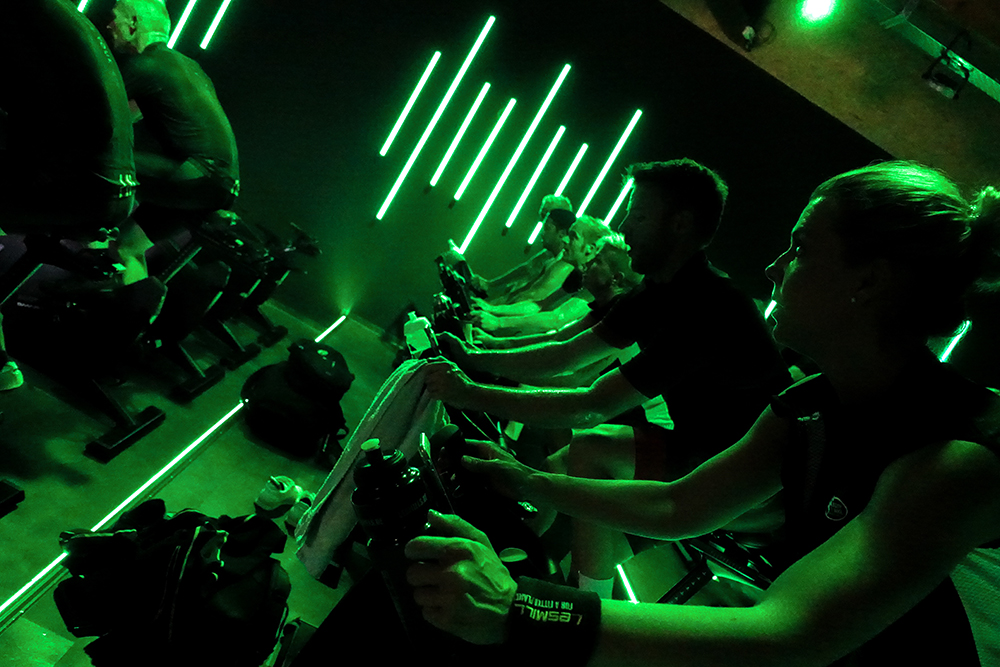
5 reasons to train with Power
Quantify effort, measure improvement, create the most fun! Power measurement is becoming more and more popular among cycling enthusiasts. And for good reason. Power Training is the best tool to measure performance, progression and more. Here are five reasons why you should use different types of power measurement.
1. power effort
Compare power measurement to a weight scale. Using a bike that measures your data during your activity won’t make you faster, but it will give you accurate data on your current (fitness) level. Without a power meter, you usually only have RPM and heart rate available. Compared to running, where pace plays a major role, pacing plays a minor role in cycling because there are so many factors that influence your performance. Power meters express the exact amount of power in terms of watts. 200 watts will always be 200 watts no matter what your RPM or heart rate is.

2. progression with power training
How do you know if you are getting faster or slower, better or worse? How do you know if you are getting faster or slower? Taking your time while cycling up a steep hill is a pretty good method, but unfortunately it is not foolproof. If you display watts, you have accurate data on short and long term trends in your performance. Additionally, you don’t have to stare at a computer all the time, but can focus on cycling. Many “easy to use” apps, such as the Activio App, show you power output over a variety of periods. You’ll quickly see if you’re getting stronger or more efficient.

3. Improve yourself
Once you understand what power you can generate for a given output, for example over a 20-minute period, you can start using intervals. Nowadays most workouts are based on “Functional Threshold Power”, FTP for short. FTP means the maximum power you can deliver for e.g. one hour.
4. adapt your training
Some people are great climbers, and disastrous when it comes to sprints. By measuring your performance and idiosyncrasies you can see where you specifically need to improve. For example, if you are training for a specific goal, you can focus completely on what you need by using pre-made programs or putting them together manually.
5. measure your training load
You’ve probably read articles that say you shouldn’t keep increasing your weekly training load. For runners, this is very straightforward: Measure your miles and use the math. And 10 miles on a track doesn’t compare to 10 miles of trail running, does it? With a power meter, you can track your weekly effort via smartphone apps.

